Understanding the Costs of Converting a Bath Tub to a Shower
How Much Does a Bath-Tub-to-Shower Conversion Cost?
If you’re looking at your old bathtub and thinking about how much you’d love a walk-in shower, we’ve got good news: your dream is totally possible!
A professional tub-to-shower conversion can help you make better use of your space and align with your design goals or bathing preferences.
Some homeowners decide to switch from a tub to a shower simply for convenience. Others are focused on maximizing space in a small bathroom, and tile showers take up less space than bathtubs.
Additionally, walk-in showers can provide much-needed accessibility and safety features, especially for individuals with mobility issues or those at risk of slips and falls.
Regardless of your reasons for renovating, you’re probably wondering: how much is a tub-to-shower conversion going to set you back financially?
According to data compiled by Architectural Digest, the average cost of a tub-to-shower conversion falls around $3,000. However, some conversions cost as little as $1,200 while others can rack up to $8,000 in expenses.
That’s a pretty big price gap – so what makes some tub-to-shower conversions more expensive than others?
To answer that, let’s delve into the various factors that will contribute to your final shower conversion cost.
Factors That Influence Tub-to-Shower Conversion Costs
Type of Conversion
As you can imagine, the complexity of your tub-to-shower conversion will significantly influence its price tag.
If you’re looking to keep costs low, a straightforward replacement of your bathtub with a prefabricated shower stall kit might be the way to go – but it comes with some serious limitations, which we’ll discuss later on in this post.
In comparison, a comprehensive renovation project involving a custom shower installation will certainly up your costs – but you’ll get exactly what you want.
To better estimate your unique tub-to-shower conversion cost, talk to a professional bathroom contractor. They’ll develop a custom quote based on your desired shower size, as well as the project’s structural and plumbing requirements.
Shower Fixtures & Materials
Speaking of custom designs, your choice of materials and fixtures plays a pivotal role in defining the aesthetic appeal and cost of your new walk-in shower.
Opting for luxury features such as a premium-quality tile floor, glass enclosures, natural stone shower walls, or high-end plumbing fixtures can certainly elevate the overall look and feel of the space – but these will also contribute to higher shower remodel costs.
Conversely, budget-friendly alternatives can help you save money on your tub-to-shower shower conversion project, but they may not create the same feel and look that you want for your new shower.
Before making any big decisions, talk to your contractor. Enquire about your desired features and materials, then ask how they will impact the total cost of your tub-to-shower conversion.
Required Plumbing Work
A huge factor in your tub-to-shower conversion cost is the required plumbing work. You’ll need to have professionals assess the existing plumbing infrastructure of your old bathtub, then determine what modifications or updates are necessary to accommodate your new walk-in shower.
Factors such as rerouting pipes, installing new drainage systems, adding a shower valve, or adjusting water supply lines can significantly impact the final tub-to-shower conversion cost.
A word of advice: don’t cut corners when it comes to plumbing. Instead, collaborate with a contracting company that will actually ensure your tub removal and shower installation goals align seamlessly with the plumbing layout and local building codes and regulations.
Labor Costs
The average tub-to-shower conversion is fairly labor-intensive. As a result, you need to account for some significant labor costs in your shower conversion project.
A professional installer will need time to…
- Remove the existing bathtub
- Prepare the space for the shower remodel
- Install the walk-in shower components
- Add any meticulous finishing touches
- Clean up after themselves
You’ll need to account for all of these tasks in your estimated labor costs. Although you can potentially save money by doing some of this yourself, it’s usually best to outsource the full tub-to-shower conversion to trained, experienced experts.
Incorporating Walk-In Shower Additional Features
As you plan your custom shower, you’ll likely consider many details that could add to its functionality, beauty, or luxury. Additional features could include built-in seating, grab bars, niche shelves, or even a custom shower door – and all of these will incur extra costs.
If you’re hoping to keep your spending low, carefully consider which features are non-negotiable and which are superfluous. Better yet, talk to your contractor about how to balance an affordable tub-to-shower conversion cost with everything you want in your custom shower.
Permits and Inspections
Another thing to consider is how you’ll maintain compliance with local regulations and obtain permits for specific aspects of your tub-to-shower conversion, such as major plumbing alterations or structural modifications. This may involve building permit fees and associated inspection expenses, which are factored into the total cost of your tub-to-shower conversion.
For example, in the state of Utah, bathroom permit costs for shower-to-tub conversions typically range from around $50 to $200, although this can fluctuate based on factors such as the scope of the renovation, the extent of structural modifications involved, and the jurisdiction in which the project is located.
Contingency Planning
Lastly, as you plan your budget, you’ll need to anticipate unforeseen challenges and expenses that can pop up when switching from a tub to a shower.
For instance, what if your contractors discover mold that needs to be removed from your bathroom walls? Or what if you realize your required plumbing modifications are more complex (and expensive) than you initially thought?
That’s why it’s a good idea to build a buffer into your tub-to-shower conversion budget. This will help you rest easy at night knowing you won’t have to backtrack or jeopardize the quality of your shower remodel, even if you run into problems.
Frequently Asked Questions About Shower Conversions
How long do most tub-to-shower renovations take?
Tub-to-shower renovations can vary in duration depending on factors such as the scope of the project, the necessary structural modifications, and the complexity of any plumbing or electrical work.
On average, a standard tub-to-shower conversion tends to take around one to two weeks to complete, including demolition, installation, and applying the finishing touches. However, more extensive renovations may extend the timeline to several weeks.
To learn how long your conversion might take, consult with a professional contractor.
Can tub removal be done without damaging other parts of the bathroom?
Yes – if conducted with care and precision, tub removal can be done without causing any unnecessary harm or adding more work to the project.
Proper precautions, such as protecting the surrounding area and ensuring careful dismantling of the existing tub, can prevent damage to the bathroom floor and adjacent fixtures. Additionally, accurate measurements and planning for the desired shower size and new shower area can minimize disruption and ensure a seamless transition from the old bathtub to the new shower space.
Should every house have at least one tub for a better resale value?
While opinions may vary among buyers, having at least one bathtub in a house can generally enhance its resale value by appealing to a broader range of shoppers. Many homebuyers still value the option of having a bathtub for relaxation, bathing children, or potential resale in the future.
At the same time, adding a walk-in shower to your home can increase it’s value, too. It all depends on your home’s setup, the local market, and your potential buyers’ preferences.
Does insurance ever cover tub-to-shower conversions for medical reasons?
In some cases, insurance may cover the cost of converting a standard tub to a shower if it’s deemed medically necessary, especially if the conversion enhances accessibility and safety for individuals with mobility issues or disabilities. Features such as an anti-slip shower floor and shower bars may also be eligible for coverage, as they help mitigate potential risks of accidents or falls.
However, it’s essential to consult with your insurance provider to determine the extent of coverage and any requirements for reimbursement regarding the creation of a new shower area.
What are the drawbacks of using prefabricated shower stall kits?
Although prefabricated shower stall kits can offer immense convenience and ease of installation, they come with some drawbacks.
One disadvantage is the limited customization options compared to a custom shower, which may not fully meet your aesthetic or functional preferences. Additionally, DIY tub-to-shower conversions using prefab shower stalls may still incur significant project costs, especially when considering expenses for plumbing adjustments, installation materials, and potential modifications to fit existing bathroom layouts.
Opting for a custom shower might cost extra upfront, but ultimately, it can offer greater flexibility in design and ensure a tailored solution that aligns precisely with your needs and vision.
How can a homeowner ensure a new shower adds value to their home?
To make sure a new shower adds value to a home, we recommend focusing on two strategic kinds of bathroom renovations: those that emphasize functionality and those that boost aesthetics.
Switching from a tub to a shower can appeal to modern preferences and improve accessibility. Furthermore, incorporating upscale features such as a custom tiled shower with natural stone accents can enhance the luxurious feel and visual appeal. In turn, this should positively impact the overall desirability and value of the property.
In Summary
Navigating the cost dynamics of a tub-to-shower conversion requires a comprehensive understanding of the various factors at play.
By collaborating with experienced bathroom remodeling professionals and prioritizing your needs and budget constraints, you can start your renovation with confidence, knowing your walk-in shower vision won’t break the bank.
Get a FREE Quote to Convert Your Tub to a Shower
Ready to install a custom shower? Let’s talk.
Lifespan Bath Remodel offers shower installation services in Salt Lake City and the surrounding cities, including St. George. We’ll handle the entire process, from removing the existing tub to installing a brand-new shower floor and tile walls.
We’re here to customize every square foot of your bathing space. It doesn’t matter if you’re interested in a complete bathroom remodel or just creating a more enjoyable shower experience – let’s discuss your needs.
Contact us today to get a free quote for your renovation project. We’re also happy to provide tub-to-shower conversion before and after photos to spark your inspiration.
We beat any competitor by $100.
Get your free quote!
Recent articles
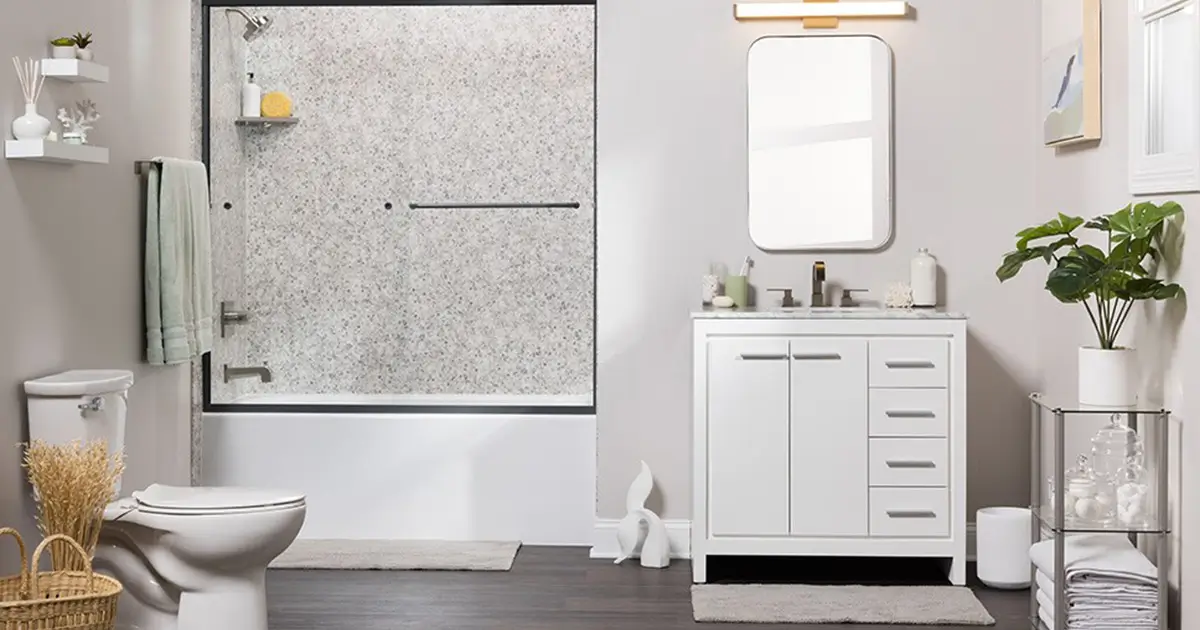
What is the Best Time of Year to Remodel a Bathroom?
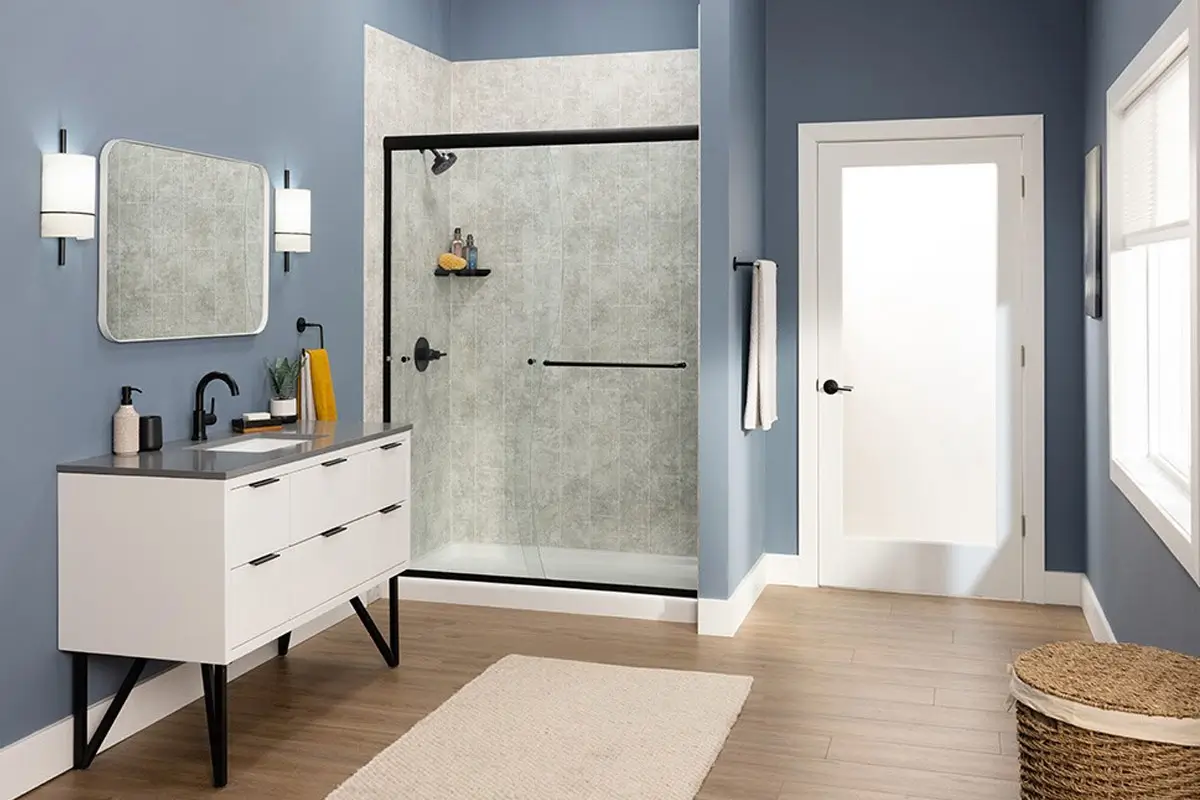
Do’s and Don’ts of a Bathroom Remodel
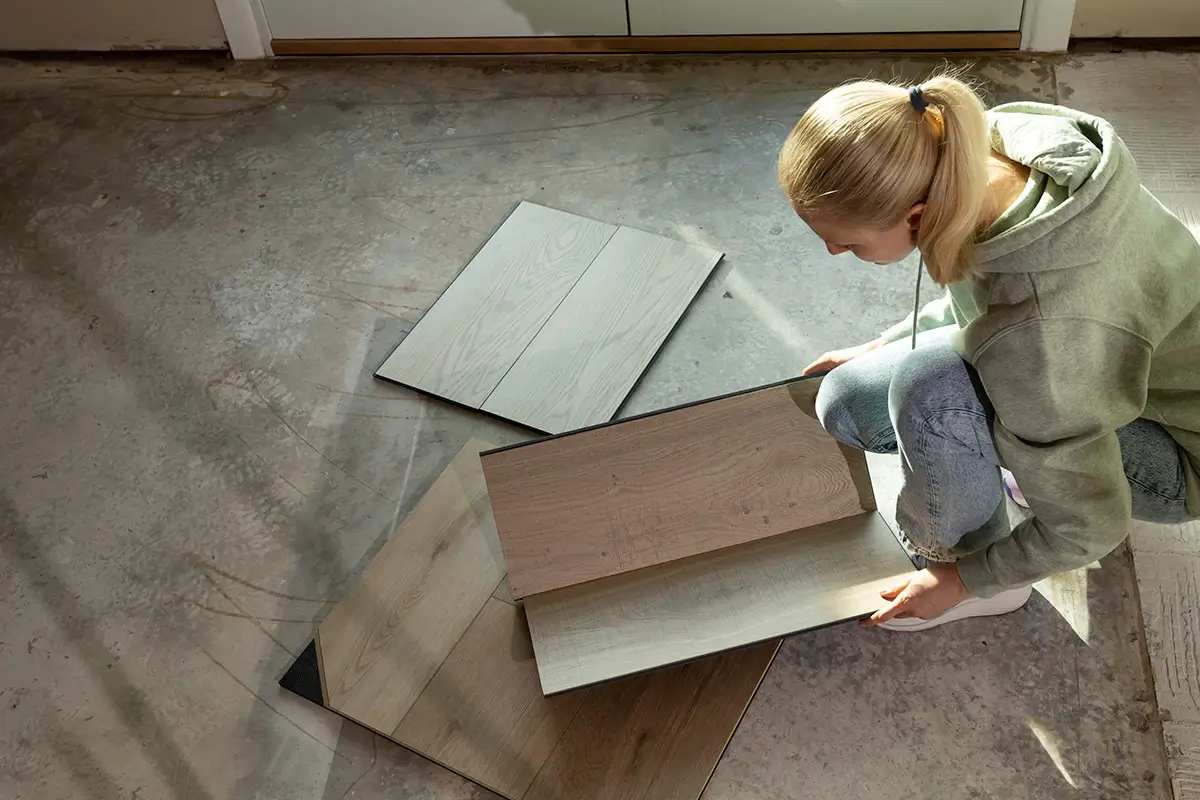
The Pros and Cons of Waterproof Vinyl Plank Flooring for Your Bathroom Remodel
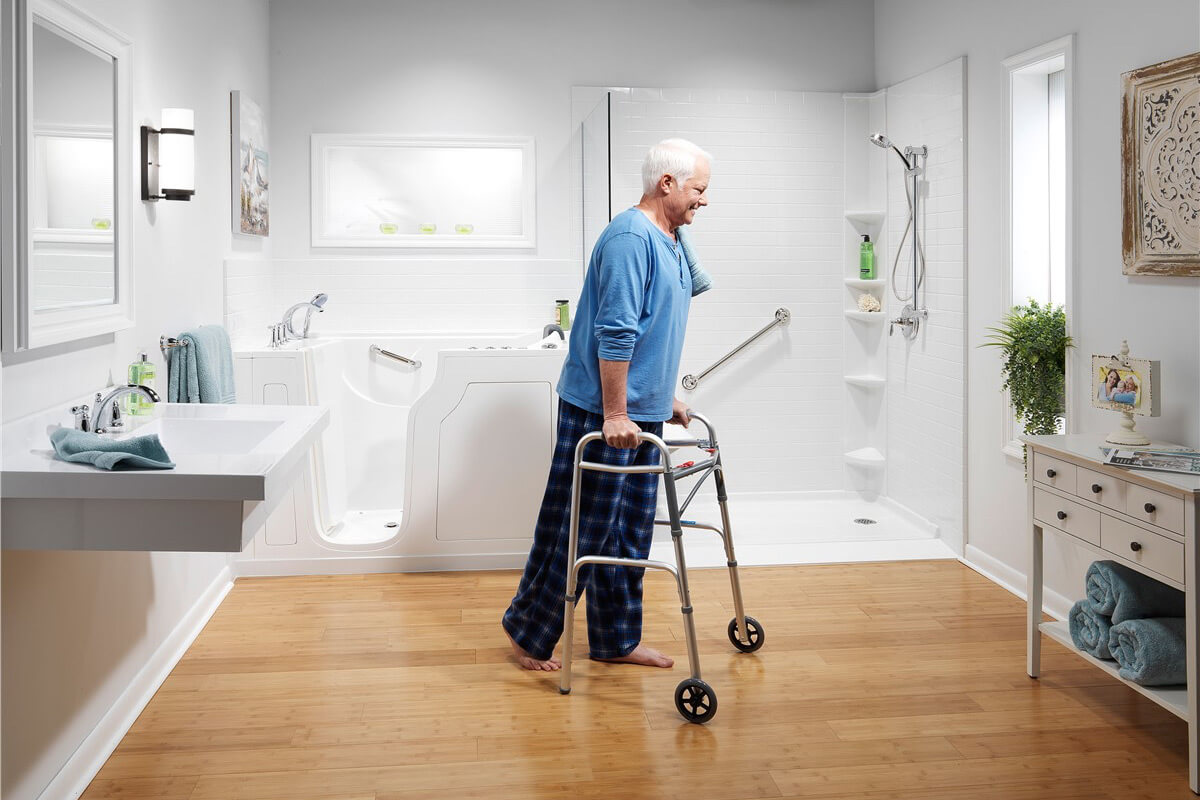
What Are the Pros and Cons of a Wet Room?
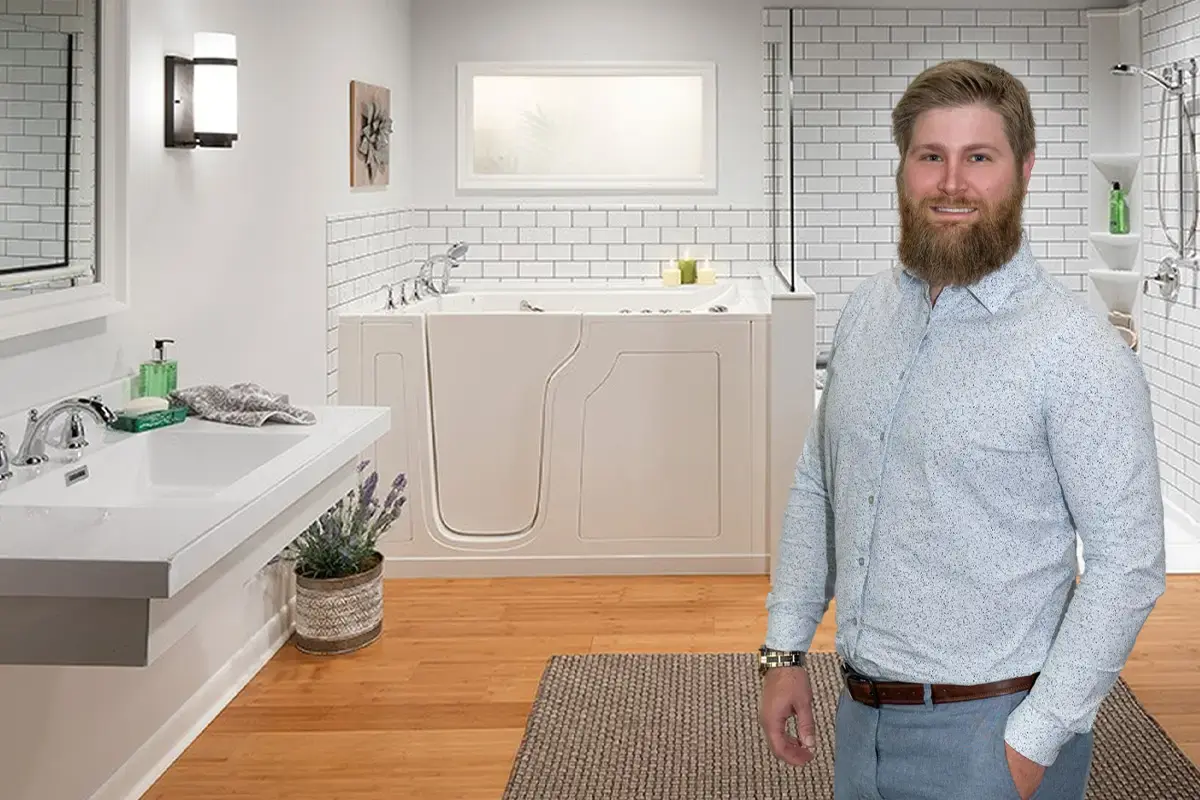
Shower Doors vs. Shower Curtains: Which is Right for You?
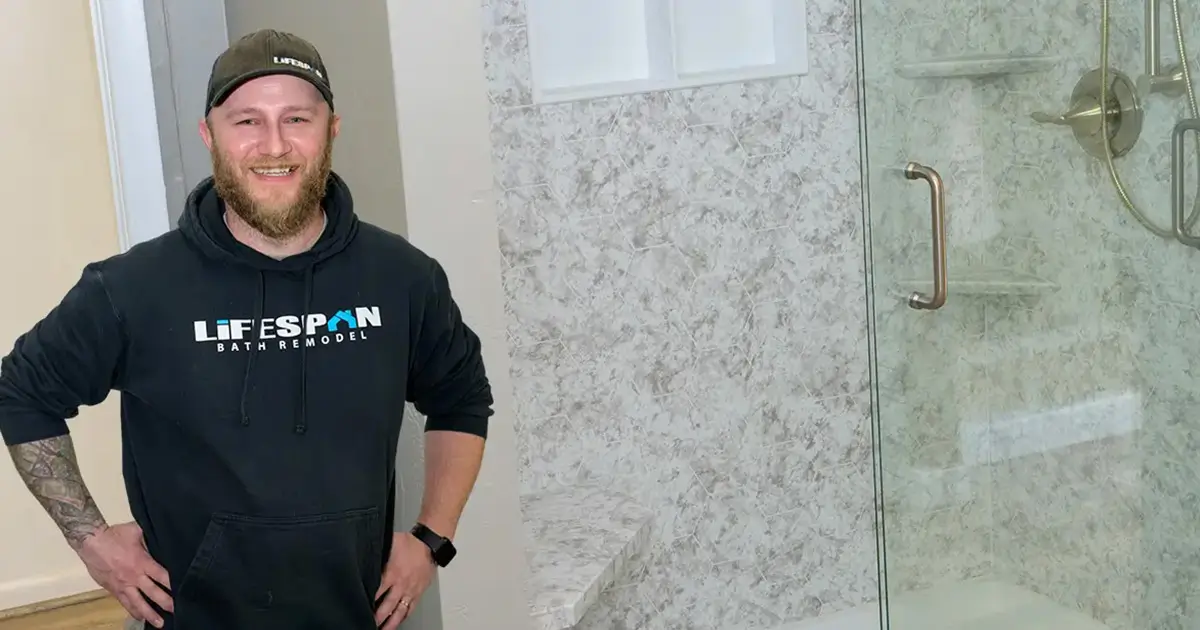
How to Make Your New Bathroom Easy to Clean by Design
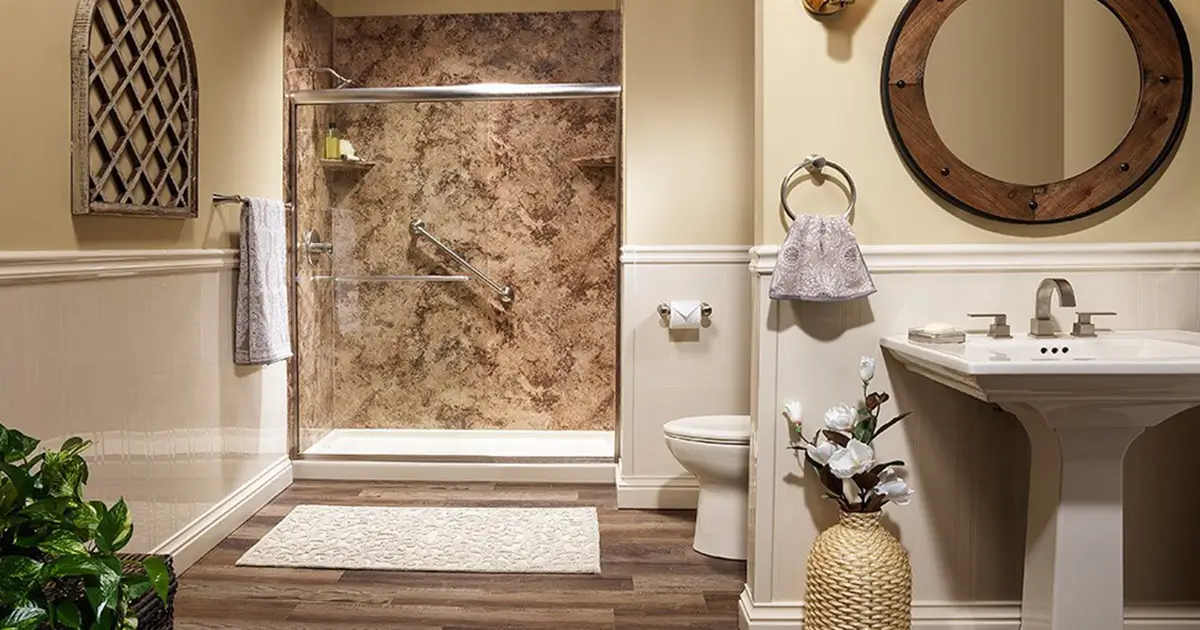
Bathroom Remodeling Tips for Aging in Place: Practical Tips
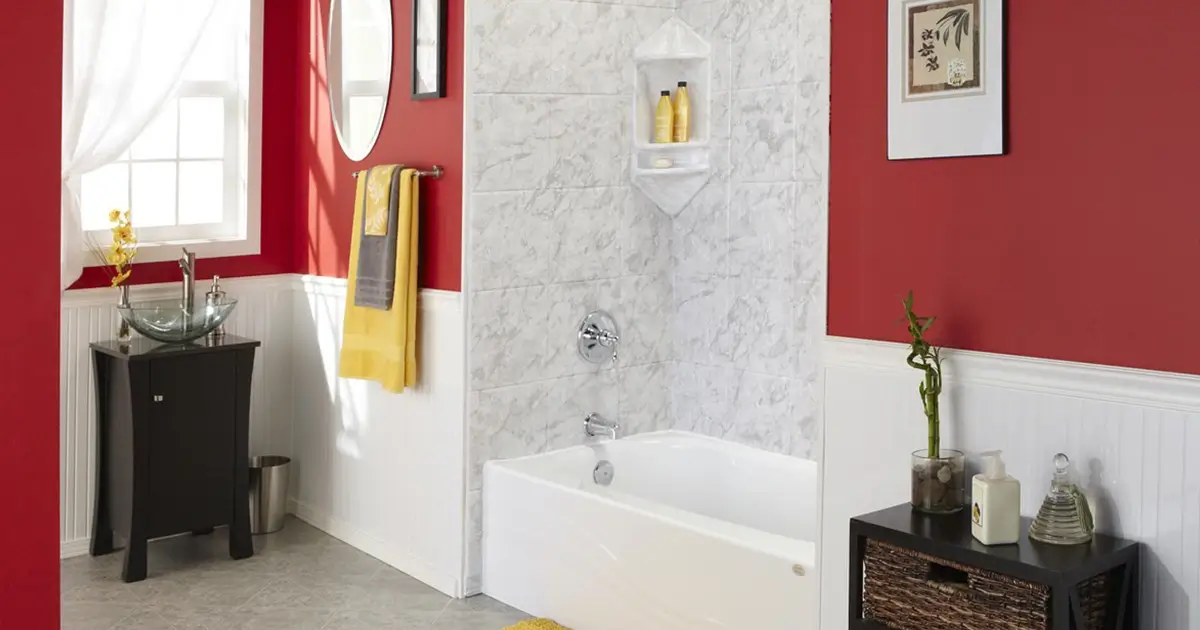
15 Tips for Incorporating Storage in Modern Bathroom Designs
Related Posts
What is the Best Time of Year to Remodel a Bathroom?
You’ve finally had it with the outdated tile, the leaky faucet, and the lack of storage. It’s time for a bathroom upgrade. Good...
Do’s and Don’ts of a Bathroom Remodel
Bathrooms might be small, but they’re tricky to nail down. You’ve got tiles, faucets, tubs, and more—all needing to fit just right. Then...
The Pros and Cons of Waterproof Vinyl Plank Flooring for Your Bathroom Remodel
A bathroom remodel is your chance to refresh a space that gets plenty of use. Because it’s a high-moisture environment, many people become...
